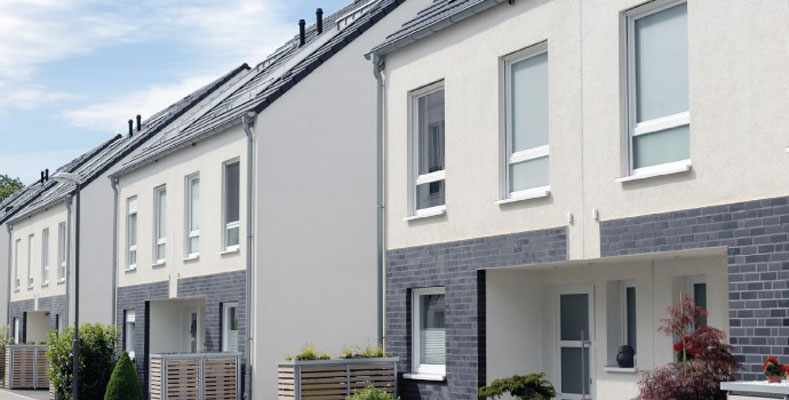We recently published an article about the Australian property market which is feeling the impact of various shared ownership schemes. Many of these schemes have been instigated by charities concerned about those unable to secure long-term property investment. There has been some heated debate about the pros and cons of property shared ownership and whether indeed they are as useful as many would have you believe.
So, what are the pros and cons of property shared ownership and will the schemes exacerbate property price rises or allow people to finally climb onto the property ladder?
Affordability factor
The shared ownership schemes currently on offer in countries such as the UK and Australia are directed at those who are unable to climb aboard the property ladder for the first time. To all intents and purposes they are looking to reduce the impact of the so-called “affordability factor” which means that many potential first-time buyers are unable to acquire 100% of their desired home.
The idea is that finance is offered by various shared ownership schemes which would see the scheme take a percentage share of property. The individual owners would then be able to take out a mortgage that would best reflect the challenges of their personal financial position allowing them to take a stake in the property going forward.
Increasing your stake
So, on one hand shared ownership schemes reduce the initial investment required to buy into a property and they give the individuals the opportunity to increase their stake in the future. The idea is that as household net income improves in the future so individuals will have more funding available which they can use to acquire part of all of the property investment held by the shared ownership scheme.
If the value of the property has increased dramatically there is the option to remortgage and use any surplus funds to buy out the shared ownership scheme. In effect, this does in many ways offer the best of both worlds, allowing individuals to climb aboard the property ladder with financial assistance from 3rd parties and then increase their stake in the future.
Change in valuation
One important factor to consider is that as and when individuals are in a position to increase their stake in a property any buyout agreements will be based upon the value of the property at that time, not the time of acquisition. Obviously this can work both ways, property prices can rise and fall although on the whole the trend across the UK for many years now has been a gradual rise in prices. However, if the value of the property has increased then the stake held by the individuals will also increase – let us not forget that.
There is also the option to downsize where there may be surplus cash available for opportunities elsewhere although the shared ownership partner will obviously take their percentage of sales proceeds.
Increasing demand
Some experts believe that shared ownership schemes are exacerbating the problem of property prices moving further and further away from potential first-time buyers. In effect these schemes allow individuals to climb aboard the property ladder (if not partially) when in reality they would not normally be able to afford such an investment. However, once they are on the property ladder there are various options with regards to buying out the shared ownership partner, cashing in their chips in the future or retaining the status quo going forward.
On the whole there are more pros than cons with regards to shared ownership schemes although you need to be fully aware of the structure of such transactions.


